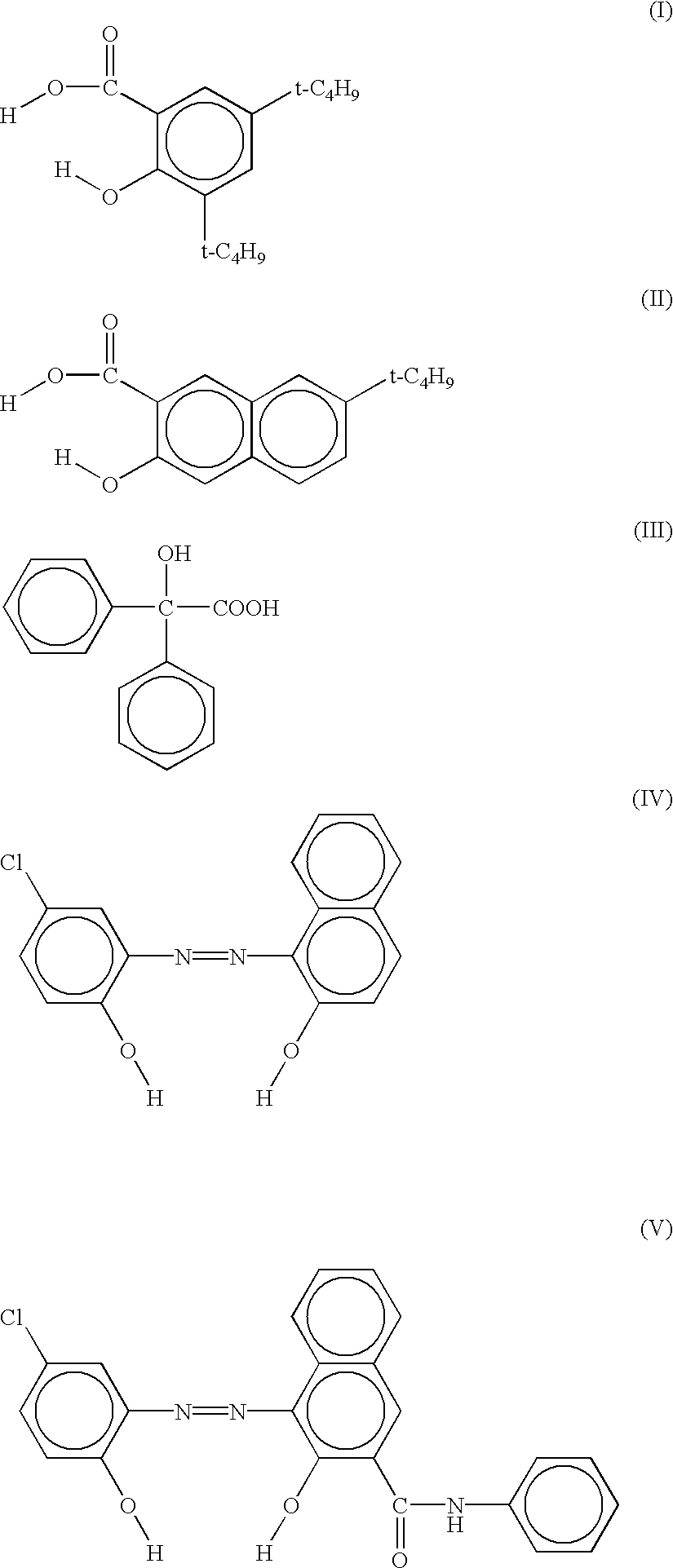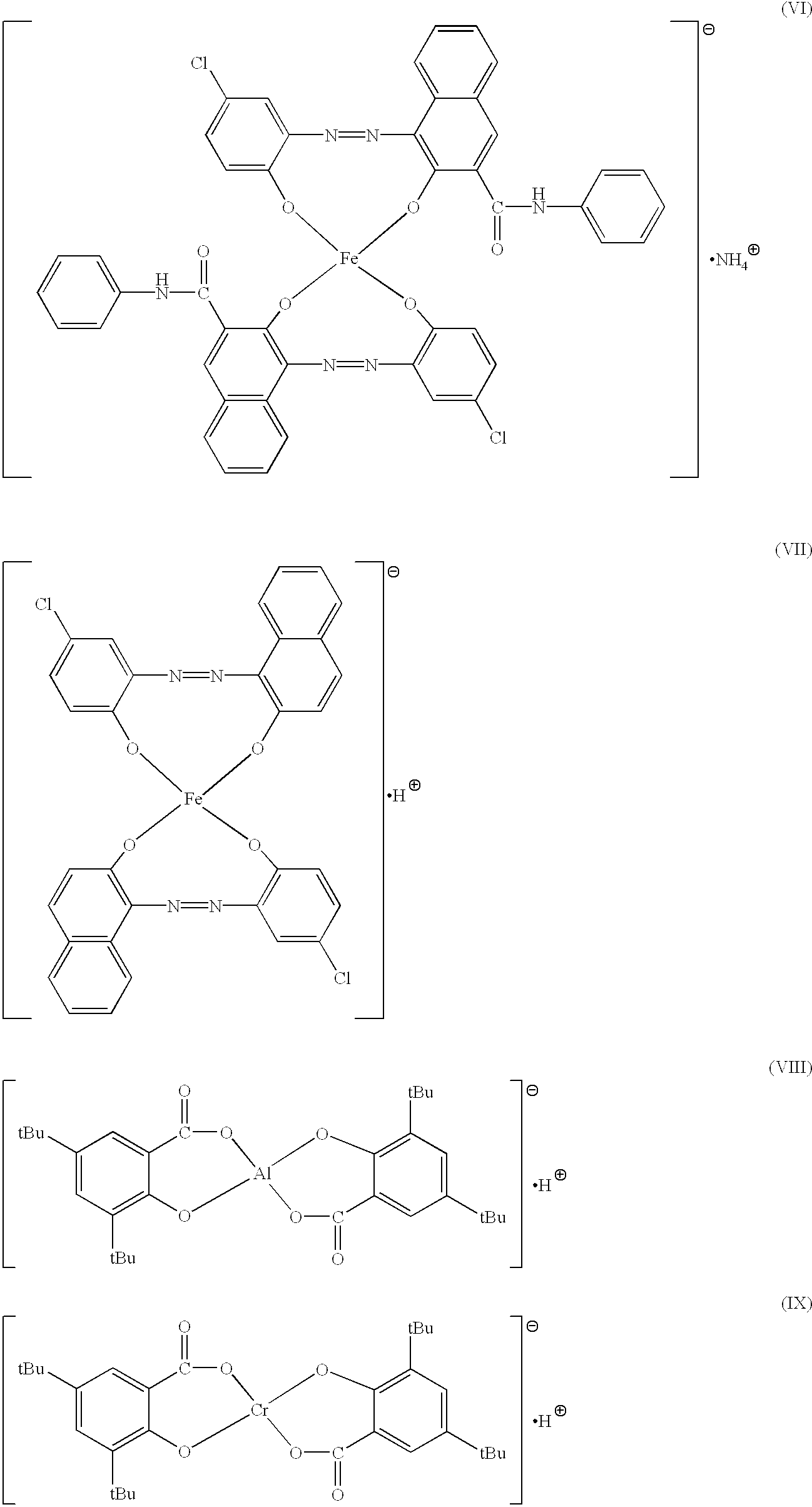Toner and resin composition for the toner
a technology applied in the field of toner and resin composition, can solve the problems of affecting the stability of toner, affecting the pulverizability of toner, and affecting the development performance of toner,
- Summary
- Abstract
- Description
- Claims
- Application Information
AI Technical Summary
Benefits of technology
Problems solved by technology
Method used
Image
Examples
example i-1
The above ingredients were preliminarily blended by a Henschel mixer and then melt-kneaded through a twin-screw kneading extruder ("PCM-30", mfd. by Ikegai Tekkosho K.K.) set at 130.degree. C.
The thus-kneaded product was cooled, coarsely crushed by a cutter mill and finely pulverized by a pulverizer using a jet air stream, followed by classification by a multi-division classifier utilizing the Coanda effect to form magnetic toner particles having a weight-average particle size (D4) of 7.0 .mu.m. To 100 wt. parts of the magnetic toner particles, 1.2 wt. parts of hydrophobic silica fine powder (successively hydrophobized with 10 wt. % based on starting silica fine powder) of hexamethyldisilazane and 10 wt. % of dimethylsilicone oil (based on the silica fine powder treated with hexamethyldisilazane) was externally blended by a mixer to prepare a toner I-1.
The composition and properties of the thus obtained toner I-1 are shown in Tables 2 and 3, respectively appearing hereinafter.
example i-2
A toner I-2 was prepared in the same manner as in Example I-1 except for using the above ingredients in place of those used in Example I-1.
The composition and properties of the thus-prepared toner I-2 are shown in Tables 2 and 3, respectively.
example i-3
A toner I-3 was prepared in the same manner as in Example I-1 except for using the above ingredients in place of those used in Example I-1.
The composition and properties of the thus-prepared toner I-3 are shown in Tables 2 and 3, respectively.
PUM
| Property | Measurement | Unit |
|---|---|---|
| temperature | aaaaa | aaaaa |
| temperature | aaaaa | aaaaa |
| anti-high-temperature offset performance | aaaaa | aaaaa |
Abstract
Description
Claims
Application Information
 Login to View More
Login to View More - R&D
- Intellectual Property
- Life Sciences
- Materials
- Tech Scout
- Unparalleled Data Quality
- Higher Quality Content
- 60% Fewer Hallucinations
Browse by: Latest US Patents, China's latest patents, Technical Efficacy Thesaurus, Application Domain, Technology Topic, Popular Technical Reports.
© 2025 PatSnap. All rights reserved.Legal|Privacy policy|Modern Slavery Act Transparency Statement|Sitemap|About US| Contact US: help@patsnap.com



